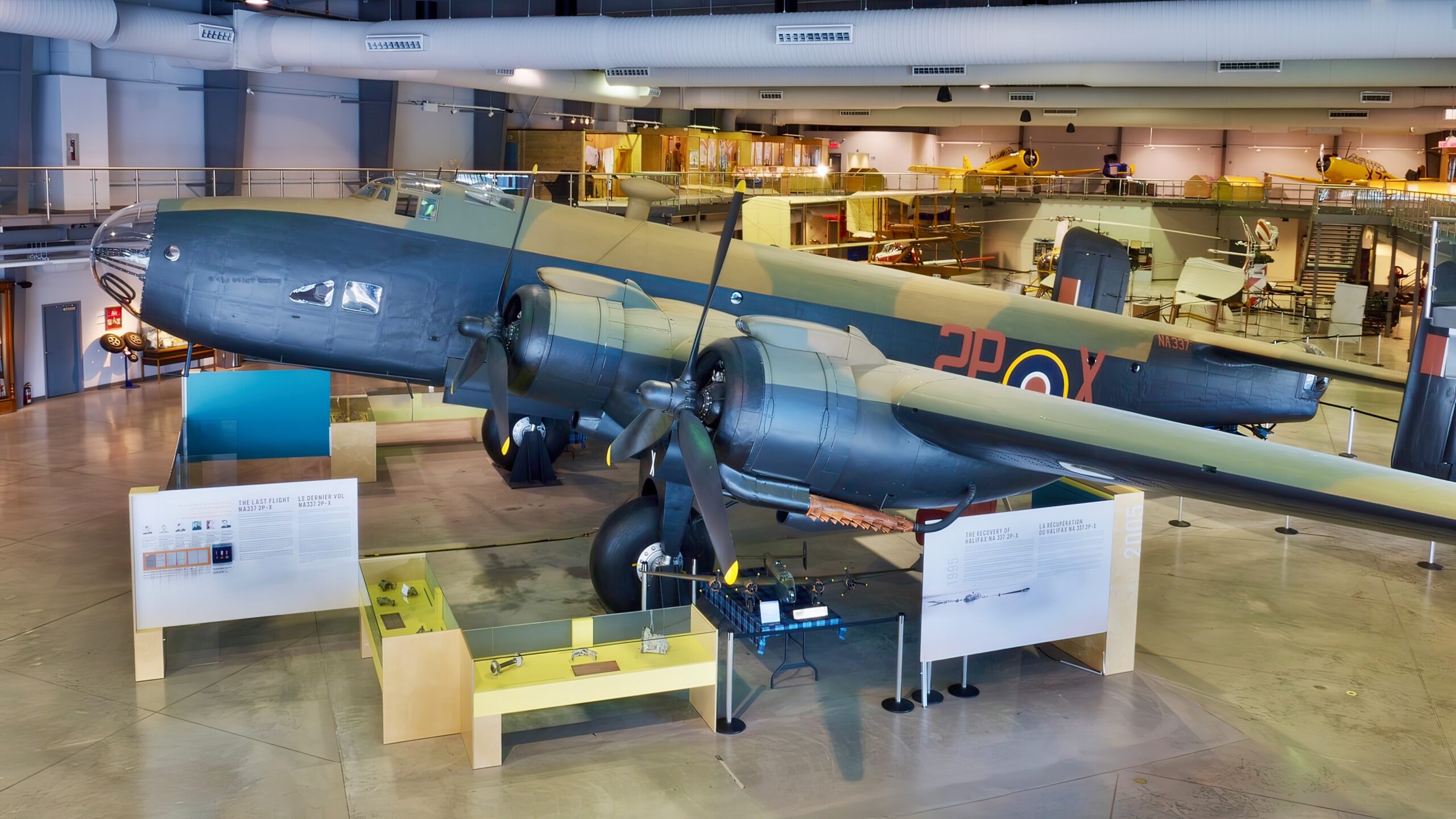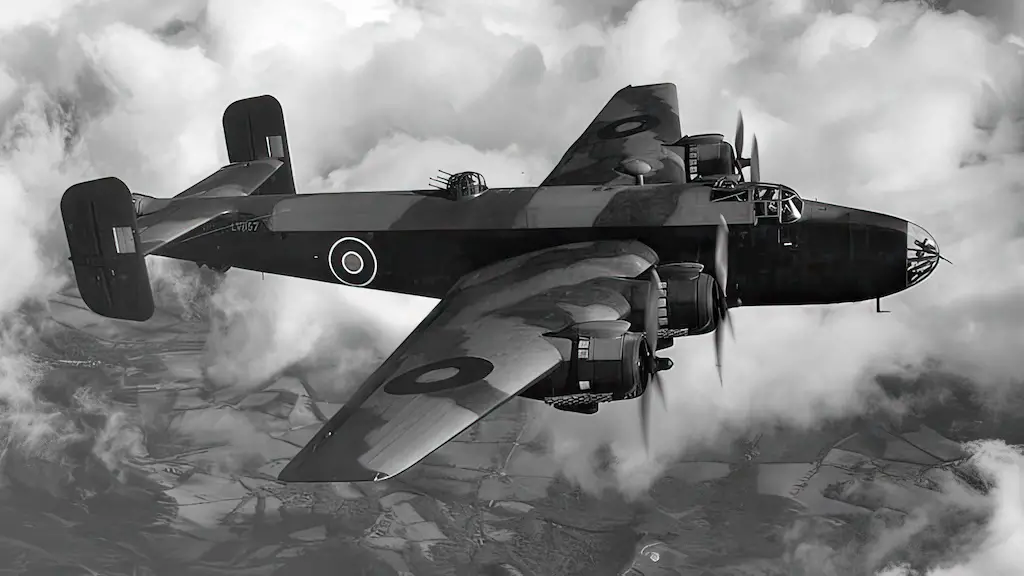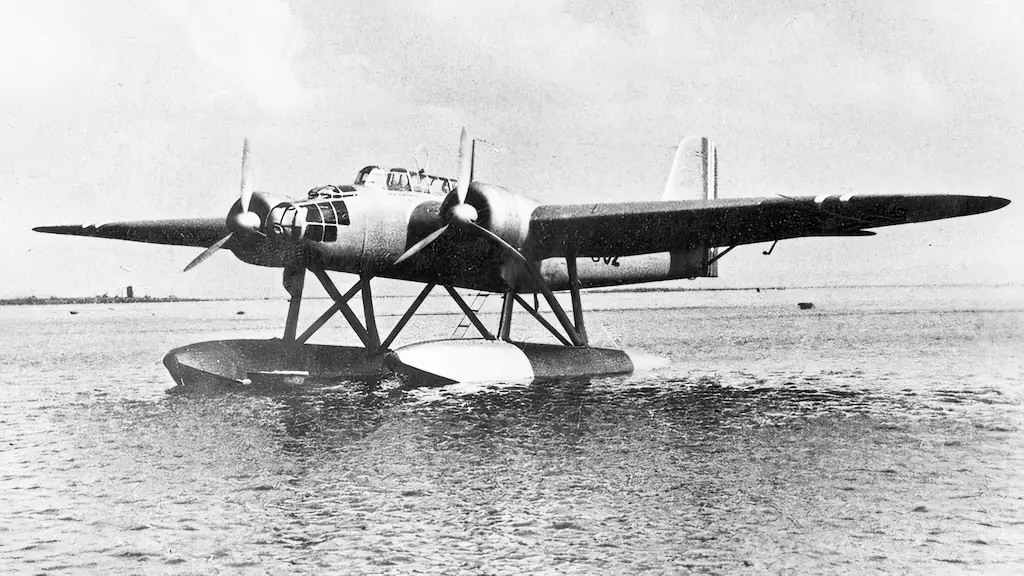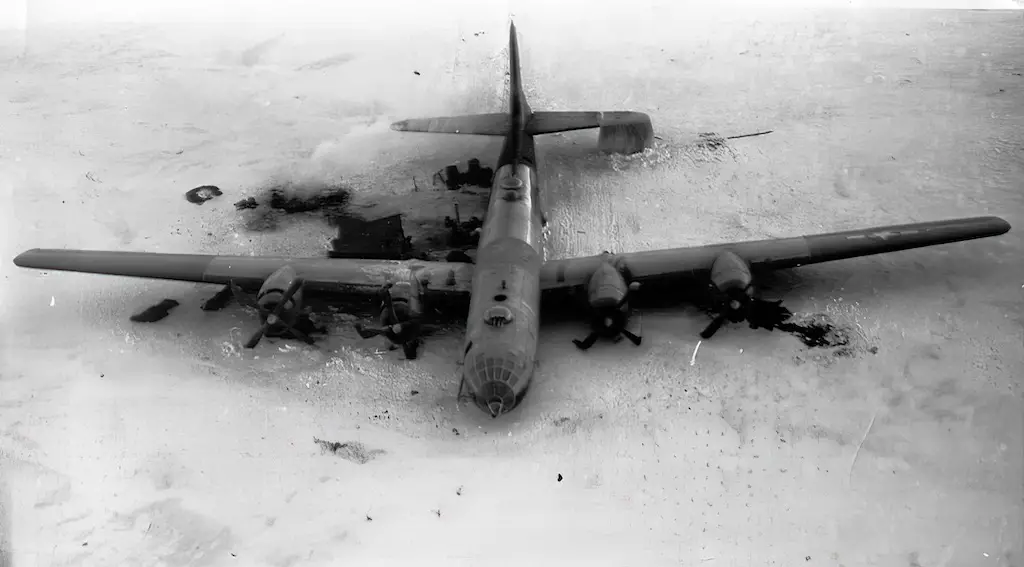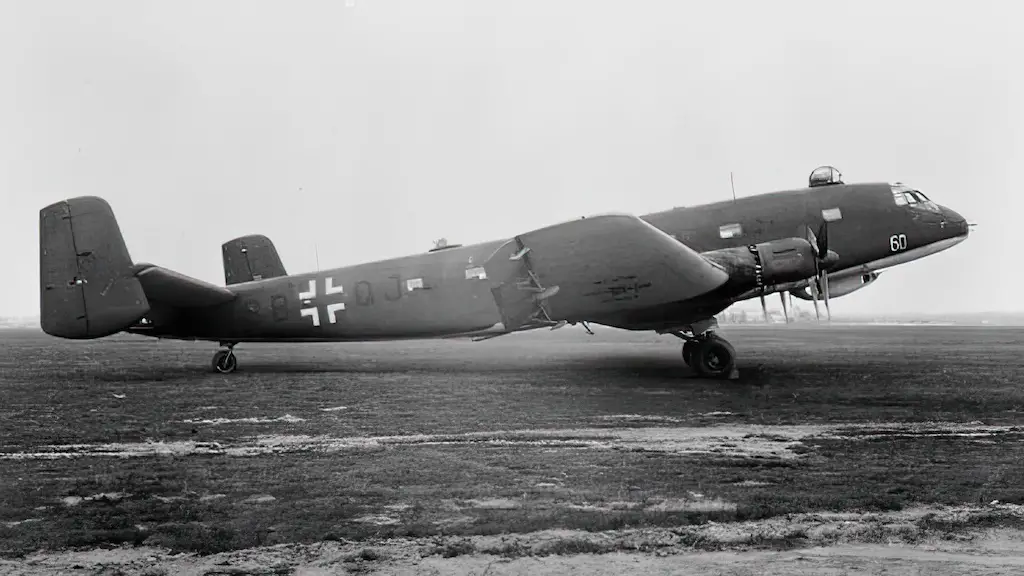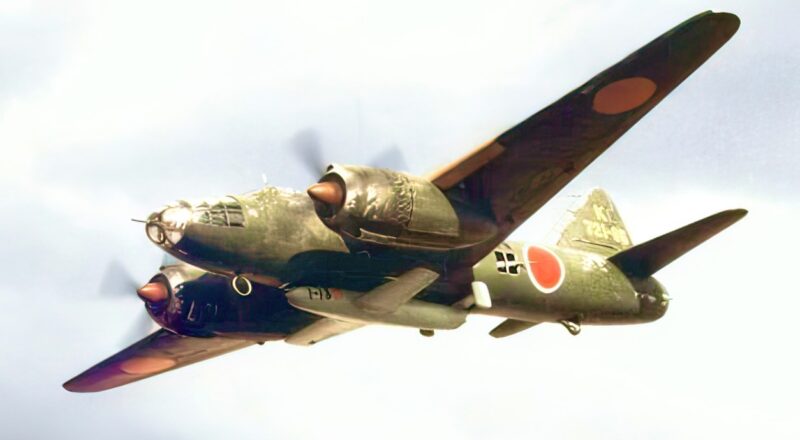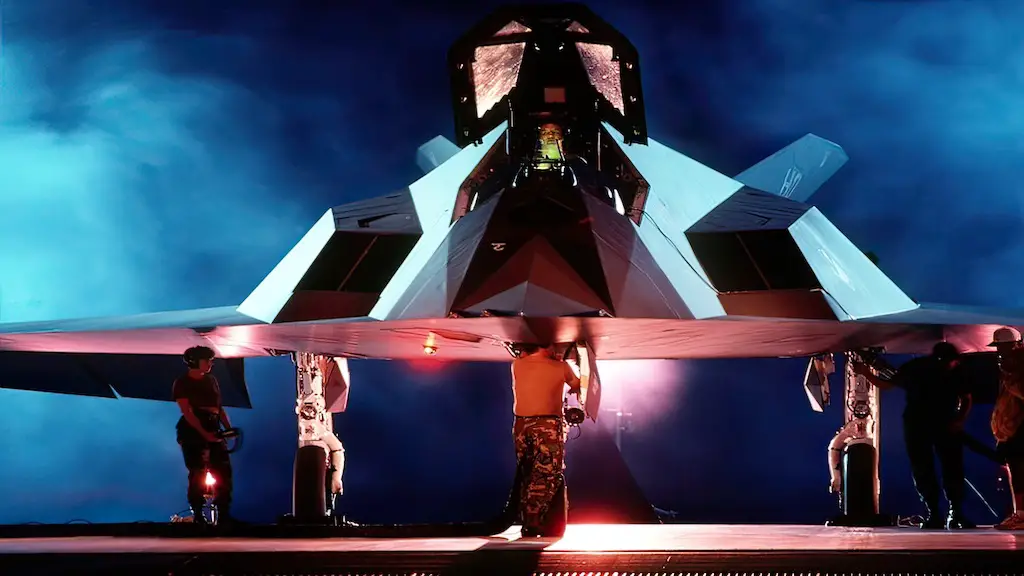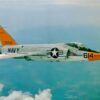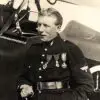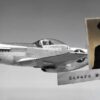The Birth of a Behemoth
As the 1940s began, Britain needed a strong response to the menace growing in Europe. The Handley Page Halifax B.VI was born out of this urgent necessity. Before the Halifax’s inception, Handley Page had been experimenting with various designs, evolving their aircraft from the Hampden to the Halifaxes B.I and B.II. The company was on a constant quest to provide the Royal Air Force with a formidable heavy bomber capable of striking at the heart of the enemy.
The B.VI version, an ultimate product of continuous refinement, entered the scene in 1944. Boasting Hercules 100 engines, it had an extended range, faster climb rate, and an overall improved performance. This four-engined heavy bomber quickly became a stalwart in the RAF Bomber Command’s line-up, delivering terror to the enemy while offering an unexpected resilience to the friendly skies.
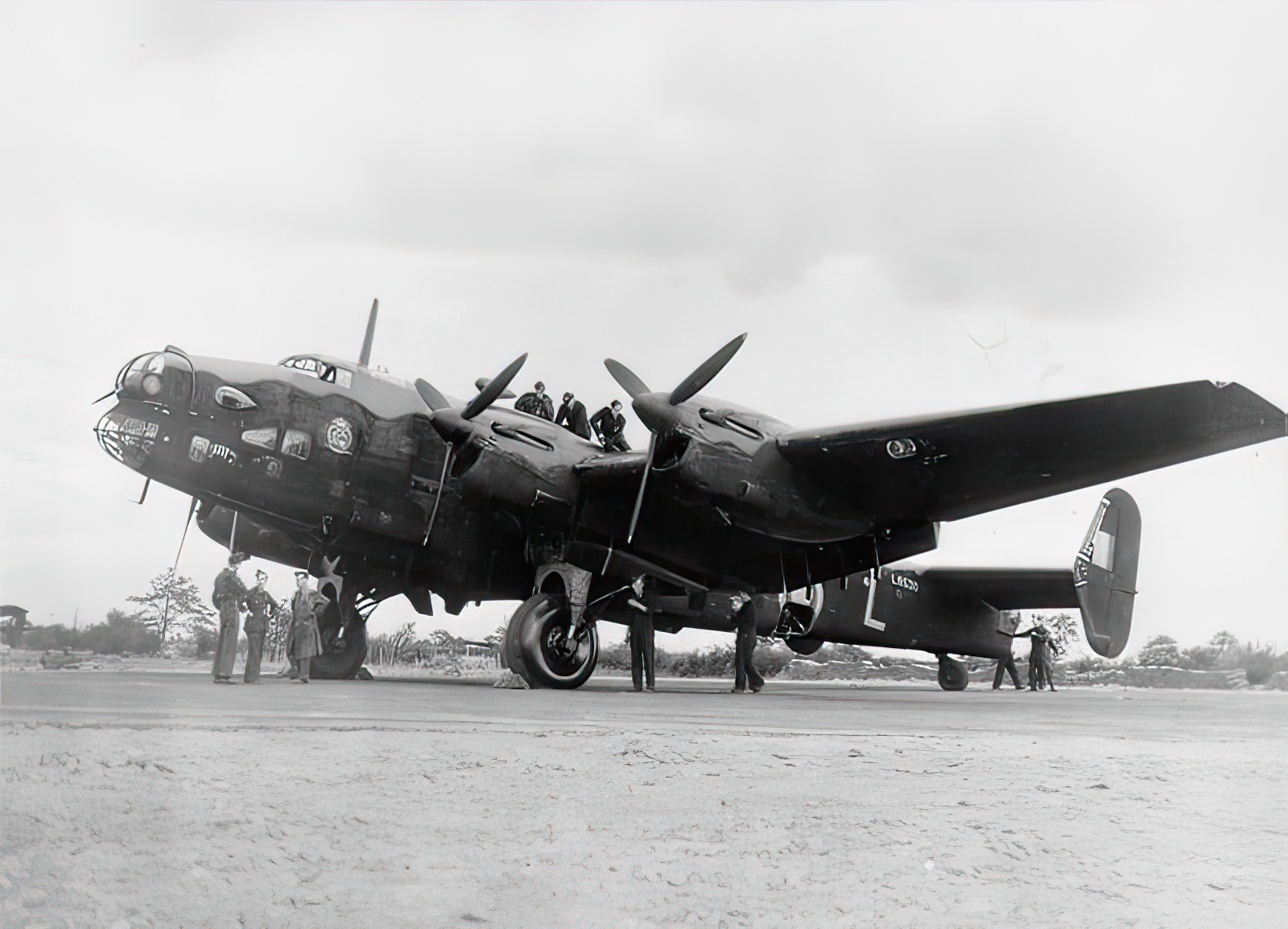
Allied Sledgehammer
During World War II, the Halifax B.VI’s contribution to the war effort was indisputably remarkable. It flew over 75,000 missions and dropped a staggering quarter-million tons of bombs over enemy territories. The RAF’s No. 6 Group was the first to receive this improved bomber, primarily comprising squadrons from the Royal Canadian Air Force. It was the Canadians who, with the Halifax B.VI, first brought the fight to Hitler’s doorstep in a series of relentless bombing raids.
The B.VI was not merely a city-razing weapon. Its roles were varied and critical. Whether it was dropping paratroopers over enemy lines, towing gliders into combat, or laying sea mines in enemy waters, the B.VI was a symbol of relentless and multi-faceted warfare. Even the Special Operations Executive relied on this beast for its covert missions, further expanding the operational reach of the Allies.
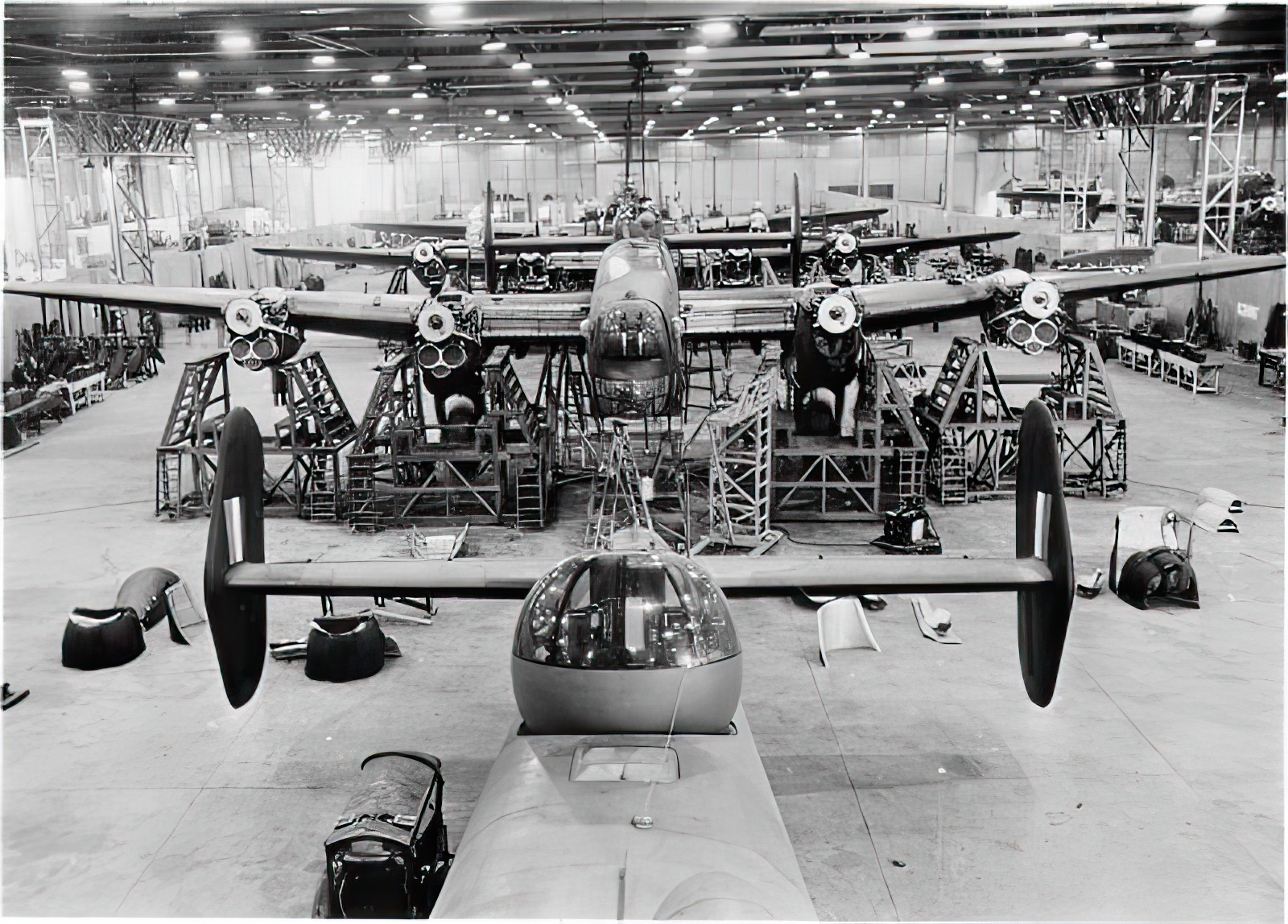
Mastering the Skies: The B.VI’s Flight Characteristics
The Handley Page Halifax B.VI was as much a beast on the ground as it was a graceful bird in the skies. Pilots who flew the B.VI commended its flight characteristics, lauding its reliability and predictability. While it required a strong arm to control during takeoff due to its weighty load, it smoothed out into a steady flight once airborne.
The Halifax B.VI’s handling was steady, even under heavy loads, and it was known for its ability to maintain stable flight even with one engine out. Its robust Hercules engines were not only powerful but also dependable, further adding to its solid flight performance. In the heat of combat, the B.VI was agile enough to execute evasive maneuvers, often surprising enemy fighters with its responsiveness.
However, it was not a nimble fighter. Its size and weight made it less maneuverable than smaller aircraft, and rapid evasive actions could place immense stress on the airframe. Nevertheless, when flown within its limits, the B.VI was a dependable and resilient machine, a testament to the engineering prowess of its era.
The Sun Sets on a War Hero
With the cessation of hostilities in 1945, the need for bombers like the Halifax B.VI began to wane. As the immediate post-war years rolled in, the Halifax B.VI steadily saw a decline in active service. Nonetheless, it found a new purpose in secondary roles like aerial transportation and surveying. Yet, by the twilight of the 1950s, the majority of the remaining B.VIs had hung up their wings, bidding adieu to military service.
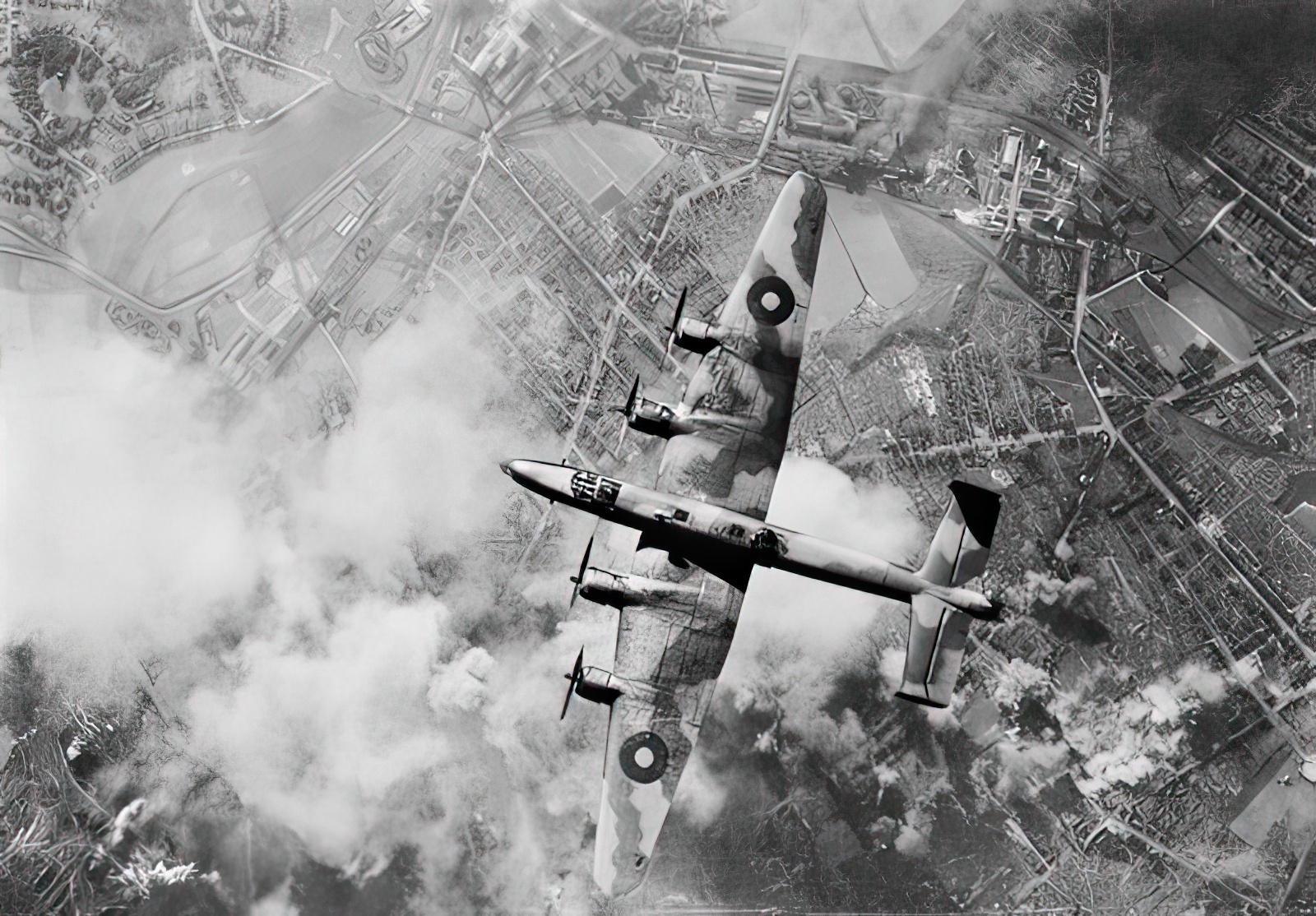
Despite its retirement, the legend of the Halifax B.VI lives on. A handful of preserved aircraft serve as poignant reminders of its service. Museums, like the National Air Force Museum of Canada and the Yorkshire Air Museum in England, hold these silent, yet eloquent, veterans of the sky. They stand as tributes to the brave crews who flew them, and as monuments to the indomitable spirit of a time when the world was at war.
The Handley Page Halifax B.VI was a true war horse that contributed massively to the Allied war effort. Though not without its limitations, the Halifax B.VI’s monumental influence on World War II is beyond dispute. Its legacy, kept alive in museums and in the pages of history, stands as an enduring tribute to the courageous men and machines who confronted the greatest of challenges and triumphed.
